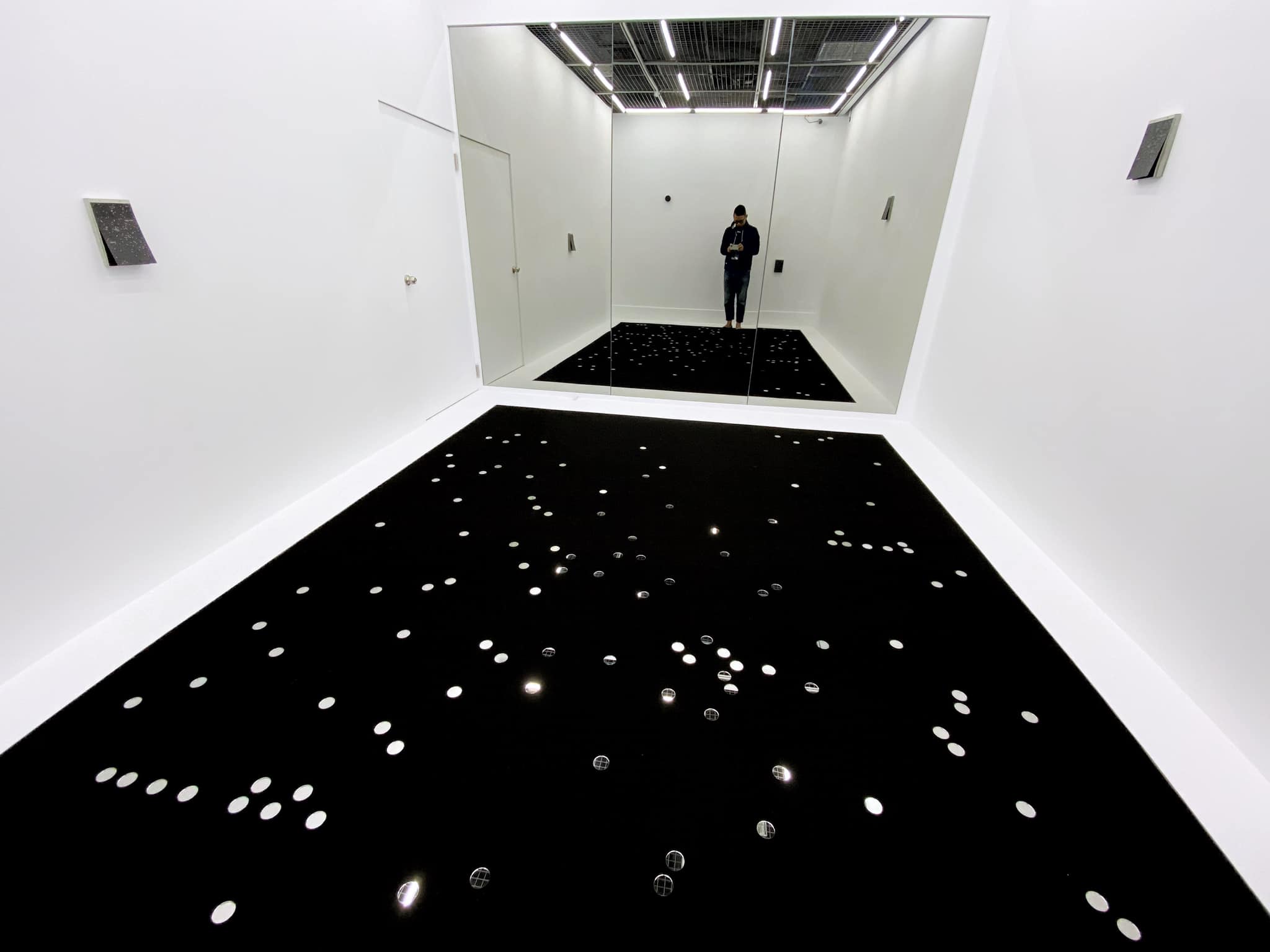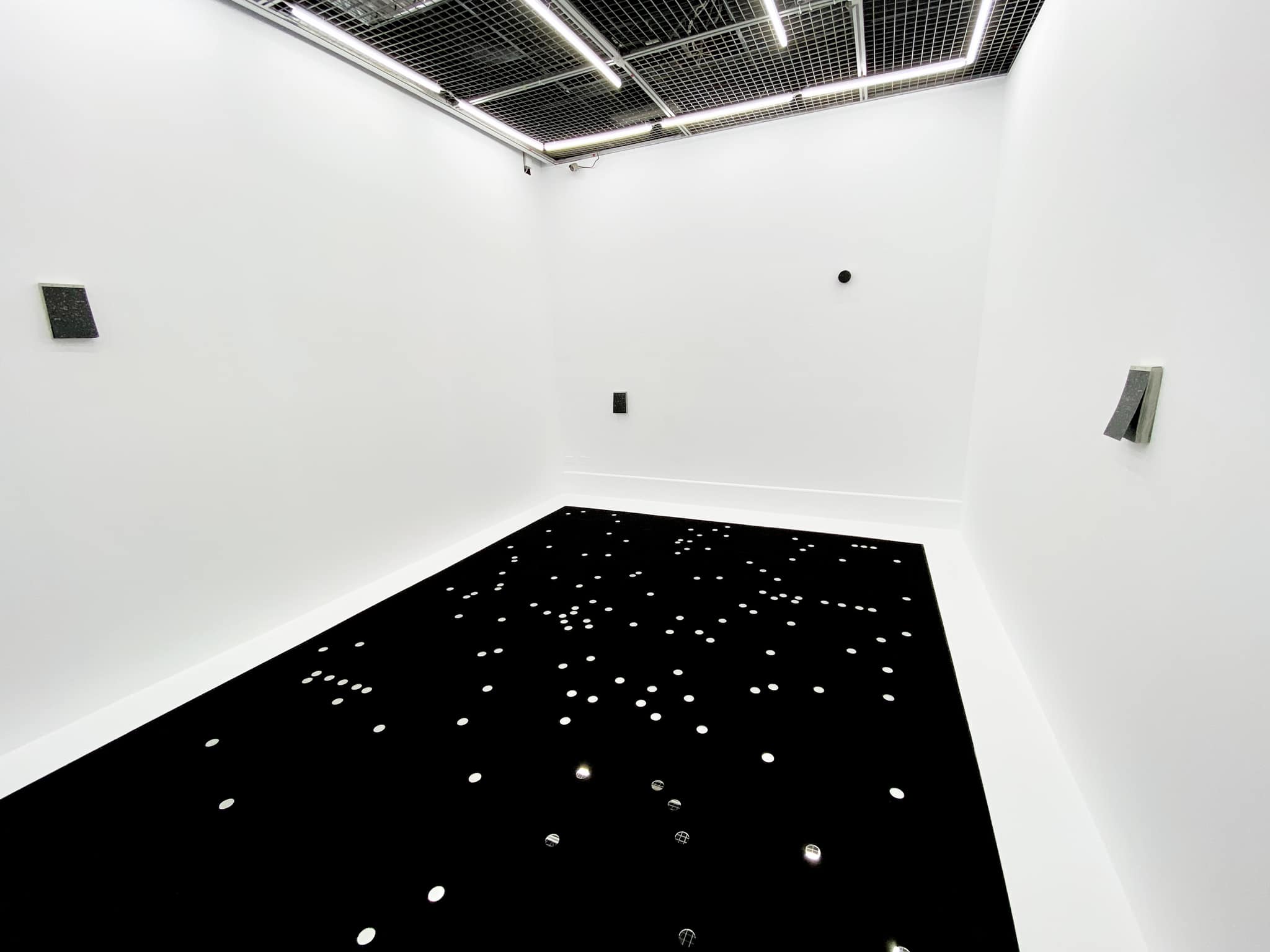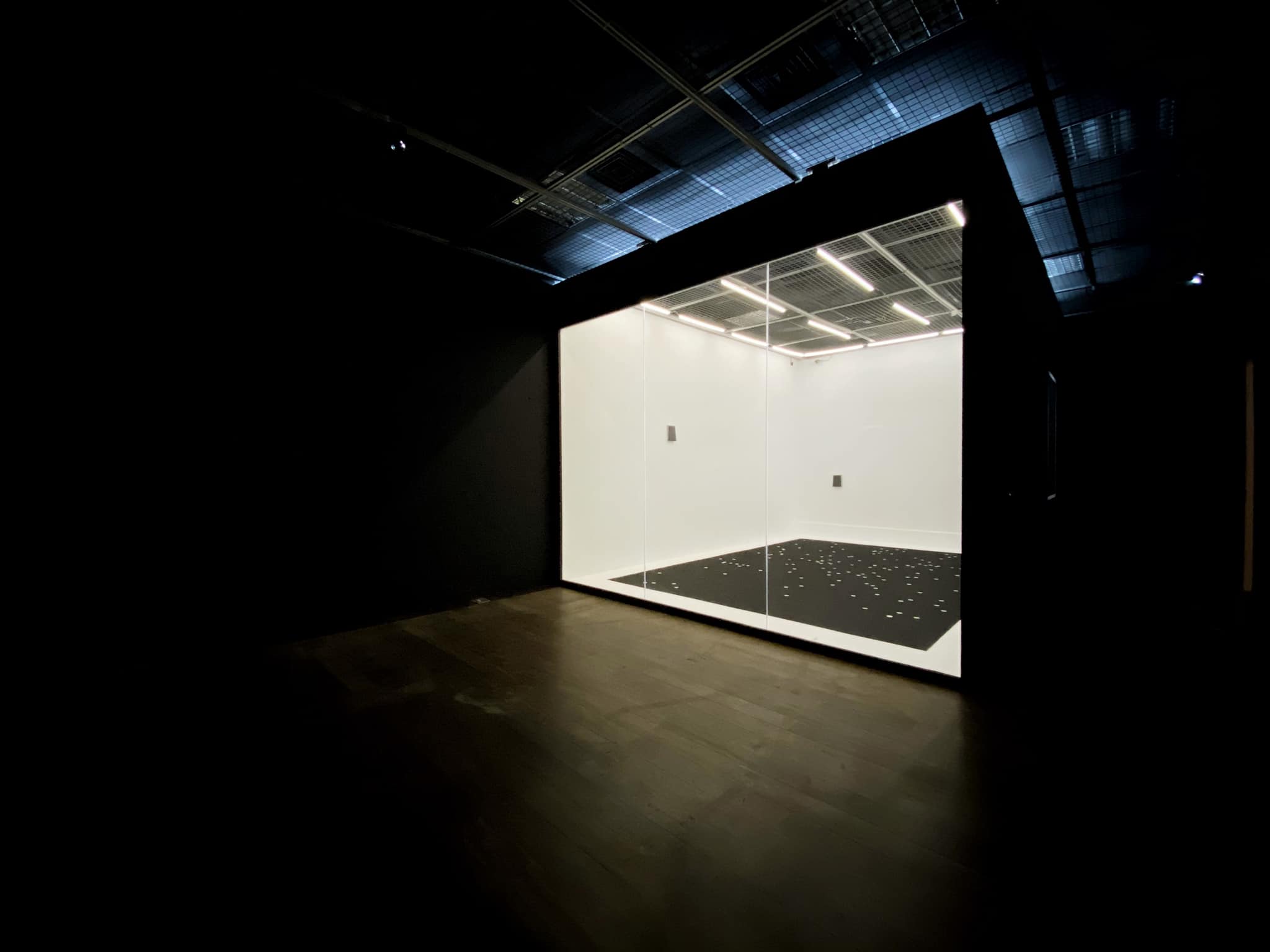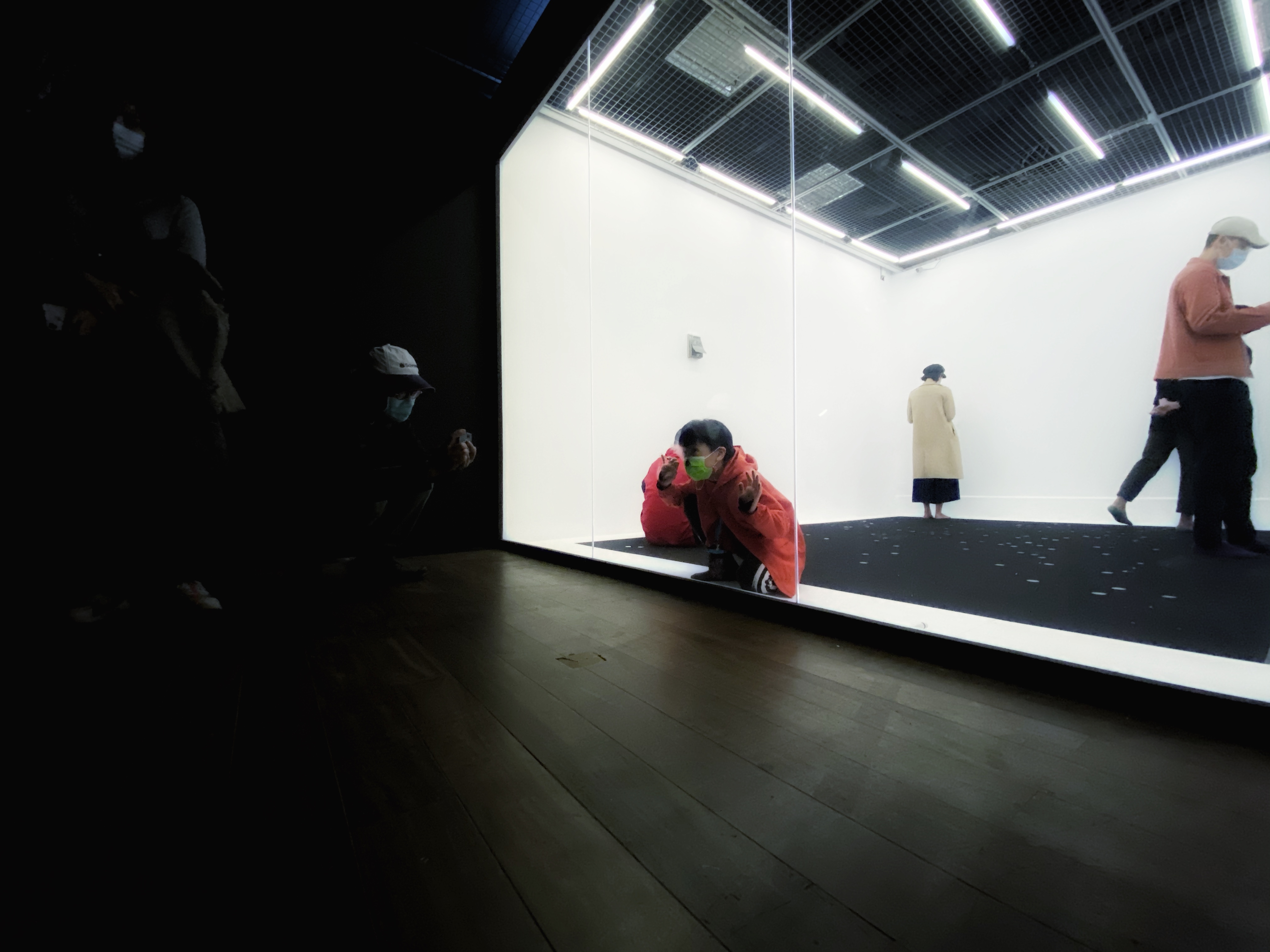After All These Years,
Rainy Night Flowers, a song that was born in 1934, was then one of the most popular songs in Taiwan. Since its release, there have been more than 30 singers who have released the song, with a dozen versions in different languages. Widely performed in political and memorial campaigns, this song elicits nostalgia and a sense of collective identity in Taiwanese people. “Rainy night flowers” has been used to describe XIE Xuehong (1901–1970), who cofounded the Taiwanese Communist Party; it has also been used as a metaphor for the tragic fatalism of Taiwan’s democracy, as well as for Taiwan’s past economic development. This song has been banned by the government on numerous occasions; it has also been featured in plays, films, and television shows. The phenomenon of Rainy Night Flowers has become the crux of extensive research in Taiwan. Former Taiwanese president LEE Teng-Hui (1923–2020) had publicly expressed his wish that the Taiwanese people would stop singing this song. Rainy Night Flowers was the only Taiwanese song that world-renowned tenor Plácido Domingo chose to perform in his 2002 concert in Taiwan. Eighty-three years have passed before the song was designed as the key clue to the mystery in Taiwanese survival horror video game Detention in 2017. A Taiwanese cinematic adaptation of Detention became an instant blockbuster in 2019, where Rainy Night Flowers is featured as a crucial music element that sets the tone of the film.
The tenacious, unrelenting life of Rainy Night Flowers is transduced in TENG Chao-Ming’s hands into an unorthodox interpretation. Suavely personified, the song in TENG’s eye seeks survival after its inception, wangling its way to eternity through devious maneuvers of the times and those who sang it. The artist has assembled written archives of the song’s 80-plus years of history into a chronology, printed out as flyers at the exhibition for viewers to take. He has also penned a first-person account of Rainy Night Flowers: A voice-over of the song’s soliloquy is broadcast at the exhibition, where the song looks back on the vicissitudes of its journey, as well as the lessons it has learned. A conspicuous indication that an object is not merely dictated by humanity, but it also defines humanity, this work proposes a question centered on the personification of the song: an existence of multiple identities, ready to be accessed at any given moment — does it count as a loss of identity or a form of true proactiveness?
Just like Rainy Night Flowers, the work After All These Years, reinvents itself in every rendition. The way it is shown adapts to the exhibition space. In addition to the chronology and the voice-over, recurring motifs include the black rectangle that serves as the background of the chronology, as well as the number of mirrors that corresponds to the number of names in the chronology. The specifically proportioned black color block and the mirrors appear to be a means of Rainy Night Flowers to beguile you, or perhaps, the beginning of its secret machinations.
《雨夜花》「出生」於 1934 年,是台灣當時最受歡迎的流行歌曲之一。發行至今超過 30 位知名歌手灌錄發行過這首歌曲,累積超過十個版本的不同語言的歌詞,並在大小選舉造勢與紀念儀式,負責喚起一點台灣懷舊/認同感。「雨夜花」三個字曾被用來描述台灣共產黨創黨黨員謝雪紅、被用來比喻台灣民主進程的悲劇宿命觀、也被用來形容台灣的經濟發展史。這首歌被官方禁過數次,也多次被轉化為舞台劇、電影、電視劇。學者研究《雨夜花》的精神現象學,前總統李登輝則公開表示希望國人不要再唱這首歌。2002 年當男高音多明哥來台演唱,《雨夜花》是他唯一選唱的台灣歌曲。八十多年過去,這首歌在 2017 年風靡全球的遊戲《返校》中被設計為關鍵的解謎線索,2019 年《返校》改編成電影,旋風一般成為當年全台票房冠軍,《雨夜花》則是貫穿全片氣氛的重要歌曲。
這則豐富精彩且尚未結束的一生,鄧兆旻選擇以反轉慣常的方式來閱讀:他視〈雨夜花〉這首歌曲在「出生」之後為「求生存」,竭盡所能地利用時代與唱它的人們,一步步達成「永生」。他收集這首歌在過去八十多年間所留下的文字紀錄,整理成年表呈現在展場供觀眾索取。藝術家也為它寫下一篇「回顧」的自白:觀眾會聽到〈雨夜花〉說著自己過去的起落與實踐心得。這件作品除了指出物不單只是為人指揮所用——人也同時被物定義,同時更將《雨夜花》的人物設定當問題丟給觀眾:一個多重身份、隨意準備被取用的存在方式,是失去了自我,還是真正的積極?
〈這麼多年過去,〉就如同《雨夜花》,也在每次的展覽中持續變身。這件作品每次的展覽形式都因應空間而做變化。除了年表與口白,重複出現的元素還包括年表上作為背景的黑色長方形色塊,以及與年表中出現的人名相同數量的鏡子。這個特殊比例的黑色色塊與鏡子是《雨夜花》用以邀請與吸引你的工具,又或許,是它準備利用你的開始。





